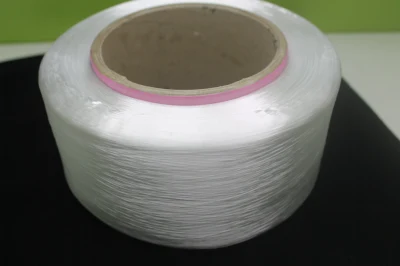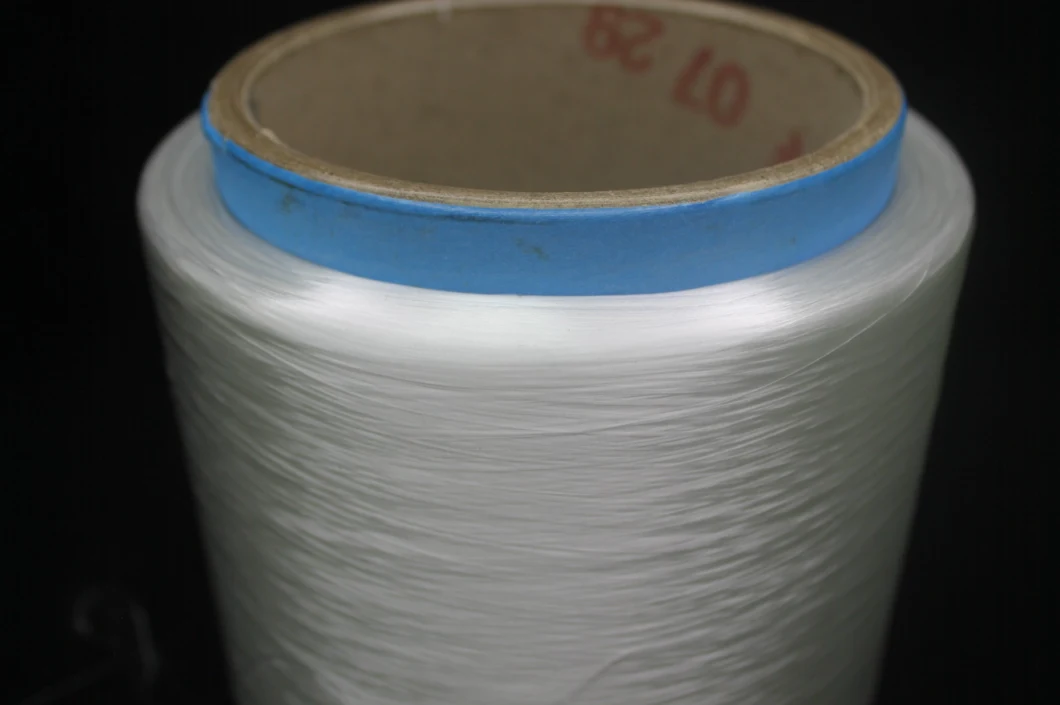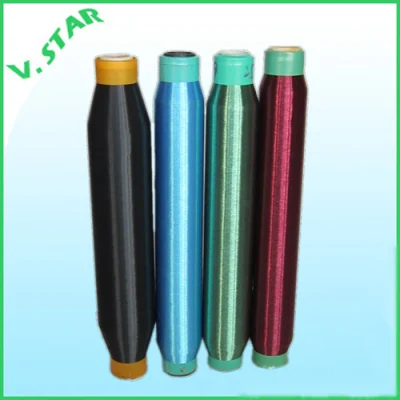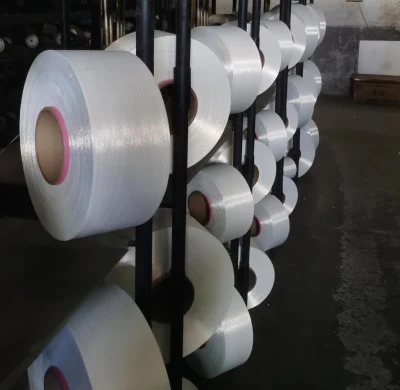
100d 150d fil à faible fusion de fils de polyester thermofusibles pour la tige de chaussures
Fil de polyester thermofusible 100d 150d à faible point de fusion pour la fabrication de chaussures Matériau supérieur :
Informations de base
| Modèle NON. | 100D, 150D |
| Modèle | Brut |
| Taper | FDY |
| Grossièreté | Fil fin |
| Structure | Monofilament |
| Forfait transport | Carton |
| spécification | 50D-600D |
| Marque déposée | JIANGNAN |
| Origine | Chine |
| Code SH | 5402470000 |
| Capacité de production | 500 tonnes |
Description du produit
100d 150d Fil à faible point de fusion Fil de polyester thermofusible pour la fabrication de chaussures Matériau supérieur : 100 % polyester Point de fusion : 110 ºCSpécification : 100D/150DCouleur : Blanc
Application:Tricot plat, bonneterie, machine à tricoter circulaire, machine à tricoter chaîne
| FIL THERMOFUSIBLE EN POLYESTER | |
| Point de fusion | 110ºC |
| Composition | Polyester |
| spécification | 50D, 75D, 100D, 150D, 180D, 400D etc. |
| Usage | Tricotage, tissage, couture, collage |
| Application | Tige Flyknit, chaussette, chaussures, tissu, etc. |
| Couleurs | Blanc brut, Noir |

Polyester Low Melt Yarn, also known as low melting point yarn, is one of the functional fibers that has developed rapidly in recent years.Low Melt Yarn is mixed with other fibers to produce non-woven fabrics or knitted or woven into thermally bonded fiber products, which have the characteristics of soft hand feeling, high strength, washing resistance, firmness, shape setting, and easy care.Therefore, the hot fuse can replace chemical adhesives such as glue, avoid the pollution of volatiles and powder layer, is environmentally friendly and non-toxic; at the same time, it saves the process flow and reduces the downstream production cost.
Envoyez-nous






